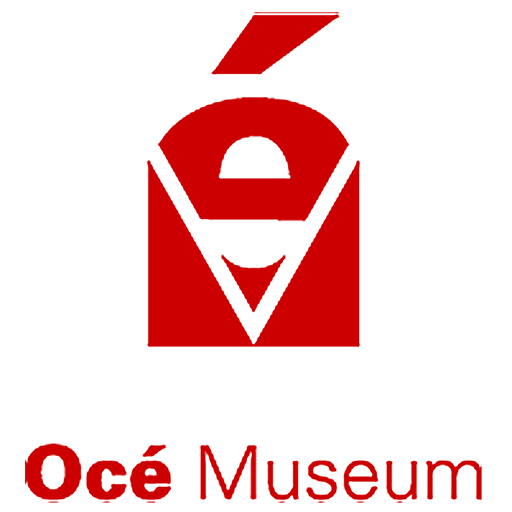Before World War II
During his military service in the First World War Louis had, at the request of his father, carried out literature research into blueprint at the University of Amsterdam and had also become familiar with light-sensitive diazo chemicals. When he started working in his father’s company after the war, he immediately began research into blueprinting materials. These were already produced on a very small scale by the company of his father. In 1919 Louis began the production of blueprint material on his own coating machine. He made a copying fluid that was more sensitive to light and had a longer shelf life than the usual materials. This new material was a success, but the researcher Louis was still not satisfied with it. Blueprinting produced a copy of white lines on a blue background. That was not easy to read. Louis was looking for a method to get black lines on a white background.
A patent application from the German company Kalle from 1921 for making copies with diazo chemicals aroused Louis’ interest. He focused on diazo compounds and that was not without success. In 1927 he introduced his first product: “Primulin”. From that moment on the company made two products for copies in the drawing room: blueprint material and Primulin.
Primulin paper, however, came into conflict with the Kalle patents, and Louis worked hard to make a diazo material that would not do so. Soon after the introduction of Primulin paper, Louis introduced a diazo material that did not make use of a coloring component. In 1930 Van der Grinten even gained a patent on this new invention.
The new material was named “O.C.”, “Ohne Componente”. Later this product name, with an added “é”, would become the name for the entire concern: Océ.
In addition to Louis van der Grinten, brother Karel began to play a major role in the expansion of the company into a worldwide producer of reproduction materials. Karel was also a real researcher. He spent many hours in the laboratory and time and time again managed to make his brother Louis’s inventions ready for production.
He also invested a lot of energy into extending the international network of their company. He made a number of major journeys, to Eastern Europe, South America, Africa and even the Far East. Thanks to Karel’s efforts, the company acquired a many distribution channels for products for the semi-dry diazo process. The brothers built good relationships with many licensees.
The tasks were clearly divided among the three brothers. Louis was the researcher who specified the technical direction. He also drew up the contracts with licensees. Karel helped Louis with his research and also toured the world, building up a sales network. Piet’s butter coloringfactory ensured that the necessary funds were coming in and also carefully watched that the money was not squandered. By working well together the brothers were able to build an organization, one step at a time, which would come to be regarded across the world as a top quality company that offered unique products on a respectable and honest commercial basis.
